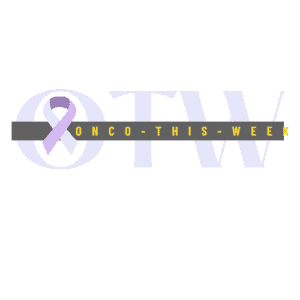FDA restricted 2L maintenance indication for Zejula (niraparib) to only the patient population with deleterious or suspected deleterious gBRCAmut

- GSK to restrict the second-line maintenance indication for Zejula (niraparib) to only the patient population with deleterious or suspected deleterious gBRCAmut.
- The US first-line indication of Zejula remains unchanged for the maintenance treatment of adult patients with advanced epithelial ovarian, fallopian tube, or primary peritoneal cancer who have a complete or partial response to platinum-based chemotherapy.
- This decision follows an FDA review of the final OS analysis of the ENGOT-OV16/NOVA Ph 3 trial, which served as the basis for the approval of the second-line maintenance indication. In the final OS results from the NOVA trial, the secondary endpoint of OS demonstrated a hazard ratio (HR) of 1.06 (95% CI: 0.81-1.37) in the non-gBRCAmut cohort.
Share:
More News
Dr. Michael Ge, CEO of Kelun-Biotech said, “We are very pleased that the NDA application for the fourth indication of our core product, sac-TMT, has been accepted by the CDE of NMPA, which is another breakthrough for the breast cancer treatment field. This not only verifies the clinical value and
“The clearance of our IND for AVZO-1418 is a significant achievement for Avenzo as this is our second IND in 3 weeks to receive clearance and our first ADC program to advance into the clinic,” said Mohammad Hirmand, M.D., Co-founder and Chief Medical Officer of Avenzo Therapeutics. “We believe AVZO-1418
“This positive opinion from the CHMP highlights the significant unmet need and importance of effective treatment options for adult r/r B-ALL,” said Dr. Christian Itin, Chief Executive Officer of Autolus. “With FDA approval received in November 2024 and an MHRA conditional marketing authorization received in April 2025, we are on
“While we are disappointed by today’s outcome, we continue to believe our clinical data support UGN-102 for the treatment of recurrent LG-IR-NMIBC, a disease with no FDA-approved therapies,” said Liz Barrett, President and CEO of UroGen. “The FDA carefully considers the independent advice from ODAC, and we look forward to



